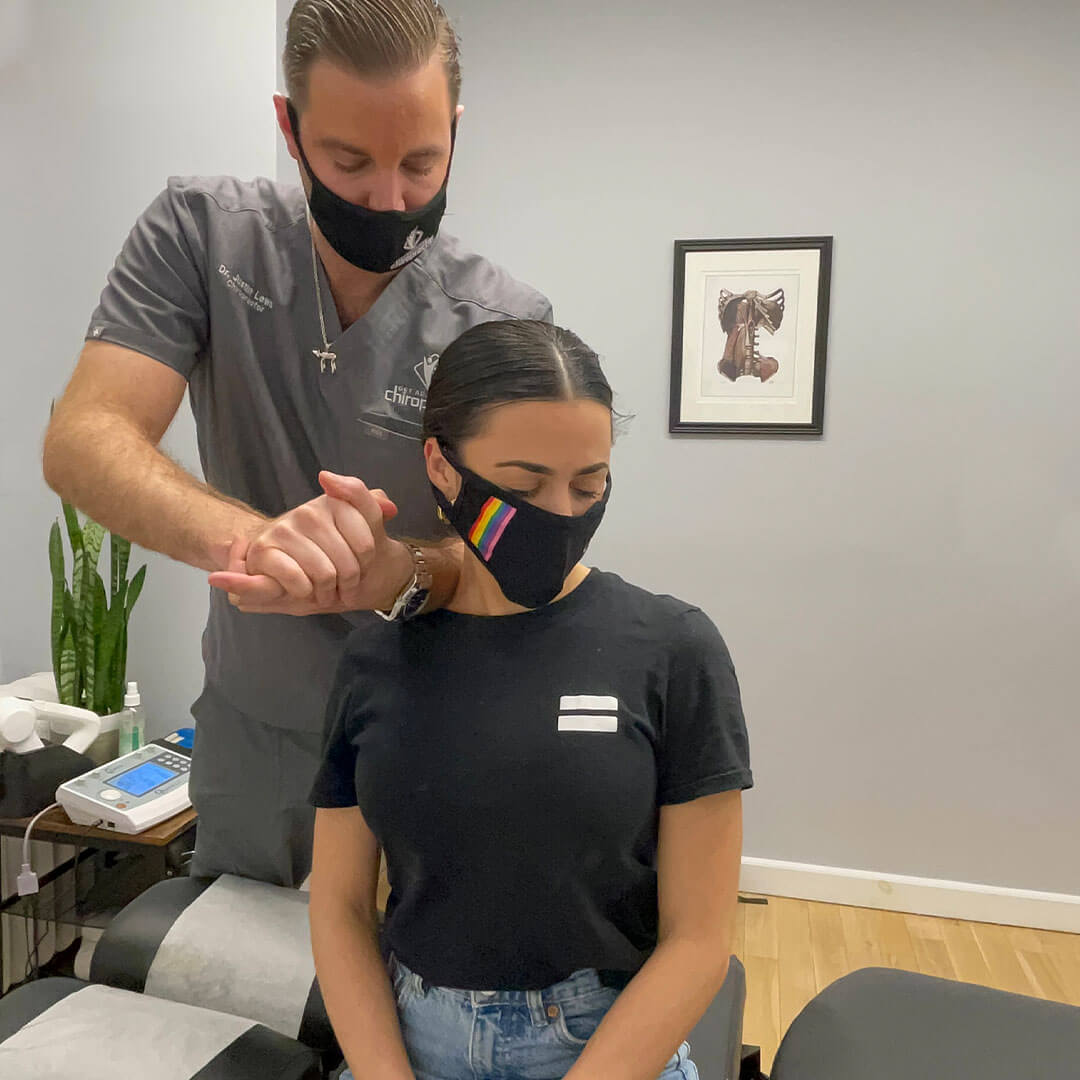Pain-Free Holiday Traveling
As we prepare for the upcoming holiday season, many of us will be traveling home to visit family and friends to celebrate. Our team at Get Adjusted Chiropractic loves to travel — it's important to take extra precautions, especially this year, to keep yourself safe, healthy, and pain-free while on-the-go! The holidays are already stressful enough for most people! Traveling shouldn't increase those worries. We foremost want to urge our patients always to wear a mask and travel only when necessary. Dr. Justin Lewis has compiled a series of tips to keep your body functioning properly when making a trip home!
Preparing to Travel
It's best to start preparing for your traveling once you have made your travel plans. Just like planning transportation, a ride home from the airport, or a place to stay, you want to prep your body for travel as well! Especially with long-distance travel, it's vital that you keep your chiropractic care and exercise routine in place leading up to traveling.
"When someone travels, there are a few things that I make sure my patients keep in mind," explains Dr. Justin Lewis. "First, have a core set of stretches that you can do in the morning before you start your activities. Keeping loose and mobile prior to starting your day prepares your body for any adventures and will limit the opportunity to injure itself." During your next visit with your chiropractor, you should discuss your impending travel plans. Your chiropractor will continue your regular adjustments and provide any additional care needed for long-distance travel. They may also recommend any nutritional advice, exercises, or stretches that may help your body throughout your traveling.
"The second thing I always like to recommend is having a great recovery plan to compensate for alcohol consumption as you travel," says Dr. Justin Lewis. "I personally take a B-complex before traveling in combination with some sort of electrolyte beverage or water to fuel my body. If you go to bed dehydrated, you're going to wake up with a stressed-out body not ready for the following days' activities."
When Traveling By Car
- Start with your seat! Ensure that your headrest supports the center of the back of your head before you begin your journey. Make sure your car seat is also adjusted so you can sit comfortably with good posture.
- Behind the wheel? Bring your seat close to the steering wheel as comfortably as possible. While sitting, your knees should be slightly higher than your hips.
- If you know you'll need additional back support, invest in a foam back pillow designed for cars. This can help ease the strain on your lower back while minimizing pain and fatigue.
- Take frequent breaks while driving, so you and your passengers can get out of the car and stretch!
"I highly recommend making a 5-minute stretch routine to prepare your body for any long car rides," states Dr. Justin Lewis. "I normally group a hamstring stretch, a figure-4 stretch, and a couple of simple neck range of motion exercises to help get my body ready."
When Traveling By Plane
-To avoid strain on your back and shoulders, consider checking bags that way more than 10% of your body weight.
-Before leaving on your flight, take a walk around the airport or do some simple leg exercises. Since you will be sitting for an extended period of time, you will want to prevent muscle stiffness.
-Try not to overpack your carry-on luggage! Lifting heavy items overhead is an easy way to cause muscle strain or sprains. When you are lifting your overhead items, stand right in front of the cabinet to not rotate the spine. If you can't lift your bag overhead, ask for assistance!
-Varying your sitting positions while seated on your flight helps increase circulation and helps avoid leg cramps!
-Avoid bending over and crouching to reach your item under the seat in front of you — instead, gently use your feet to bring the item towards you.
-When you can, use supports to maintain your spine's natural curve and your natural posture. Pillows or rolled-up jackets and blankets can be used behind your back, as well as between your neck and the headrest.
Overcoming Jet Lag
- Make sure you are well, hydrated! In particular, air travel is very dehydrating, and whenever you're on the move, it can be harder to drink the recommended amount of water per day. Deliberately drink extra water before, during, and after your travels.
- Planes and cars are not exactly the height of comfort — some pain might be unavoidable! Take rest stops if you're driving to stretch your body, or get up from your seat on the plane to move your body.
- Time your sleep schedule with the time zone you're entering. If you can sleep on your flight or as a passenger in a car ride, this may help diminish the feeling of jet lag when you begin to acclimate to your new location.
"Engage in a 5-minute stretch routine to help get the body lymbar to rehydrate the muscles," shares Dr. Justin Lewis.
Prevent long term pain with Get Adjusted Chiropractic! Book an appointment online today or call our office at 845-809-8300 to schedule a visit with Dr. Justin Lewis.



